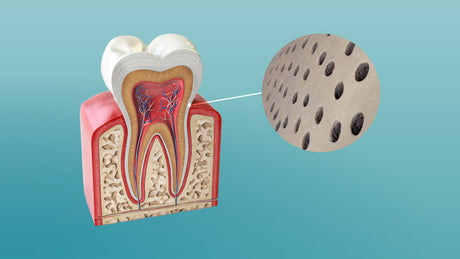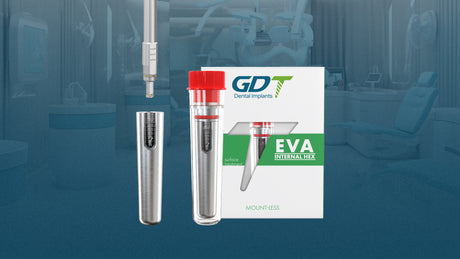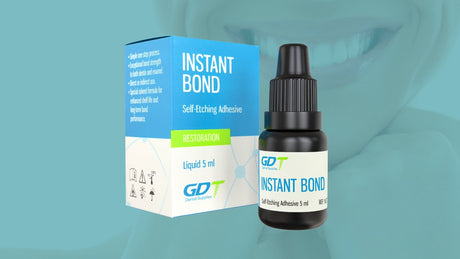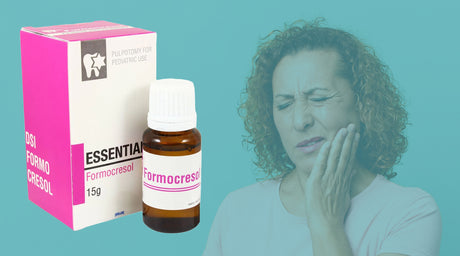S.L.A - Stands for Sandblast, Large grit, Acid-etch.
A surface treatment that sets to Improve the implant's properties, yet to keep its rudimentary qualities intact.
SLA Treatment Process:
The implant's surface is blasted with corundum particles of aluminum oxide, acquiring micro-roughness.
The next step - dipping the implant into a high-temperature mixture of sulfuric & hydrochloric acids, the result is: micro-cavities of 2-4 microns will form.
SLA biological point of view:
Just like in the small intestine, where mucosa cells contain microvilli which are tiny hair-like projections, that increase the surface area of the small intestine allowing more area for nutrients to be absorbed – A similar biological mechanism is achieved by SLA implant surface treatment.
By increasing the surface area of the implant, we allow for better osteoblast proliferation and cellular adhesion, thus increasing the bone to implant contact, resulting in an excelled process of osseointegration.
Conclusion:
Taking tissue integration to the next level, SLA treatment succeeds in producing a surface topography, that provides an ideal structure for cell attachment.
Many documented pre-clinical & clinical studies done on implants following an SLA treatment indicate a survival rate of 98.8% (95.1% )in a 5 (10)-year follow-up, with low-to-none prevalence for peri-implantitis along with faster healing time.
SLA is the most popular implant surface treatment up to date. Utilized by the largest dental companies on the market
Recommended SLA surface dental implants
MOR® SPIRAL IMPLANT, INTERNAL HEX
SOL® SLIM PLATFORM SPIRAL IMPLANT, INTERNAL HEX 2.0MM














